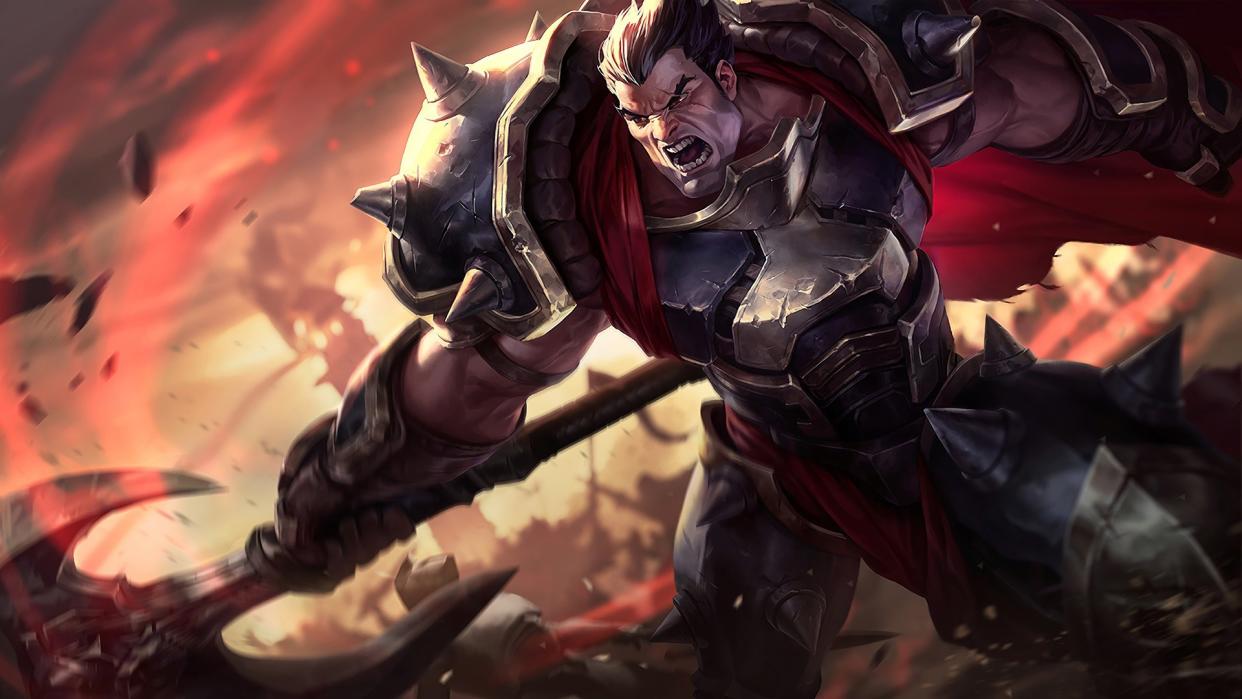Senior Riot devs say the League of Legends playerbase is getting older, with fewer newbies jumping in: 'Candidly, it's not the same situation it was 10 years ago'

I've definitely always thought of League of Legends as a young person's game: Between the fast twitch esports focus, meta Kpop tie-ins, and overtures to streaming and influencer culture, I was all too happy to act my age and hang up my Jayce: The Defender of Tomorrow hammer a full ten years ago.
But it turns out those who kept playing League also kept getting older, because time works the same whether or not you're into MOBAs, Kpop, or slamming your head against ranked queue. "I think it's certainly true that our audience is aging up," Game director Pu Liu said in a recent Q&A around the Summer Game Fest, though he noted that "it's not inherently a bad thing."
Liu pointed out that no matter how many new players a long running game like League of Legends brings in, if it's retaining that audience over the span of years, the average age of its player base will naturally increase. The problem is that League isn't attracting new players quite as well as it used to.
"Candidly, it's not the same situation it was 10 years ago, where you're in middle school or high school and [League] is the game everyone's talking about, that everyone's playing" Said Liu. "There's a lot of other games that we're competing with now."
Roblox and Fortnite certainly spring to mind as those unnamed new schoolyard favorites, but Liu also acknowledged that League has other issues that are putting new players off, like endemic "smurf" accounts from experienced players starting over from scratch, as well as the kind of ballooning systems and features that other long-running live service games like Destiny and World of Warcraft have run into. "We're very cognizant of the improvement that we need to make moving into the future," Liu said.
League Studio head Andrei van Roon pointed out that there are other changes that have come with League's evolving player base, with fans' preference for different modes shifting as the game's reputation and character developed over the years.
"When League first launched, we saw very, very few players at all play ranked, it was all the normals, it was all just experiential, learning the game," Van Roon explained. "Then in the middle years, we saw sort of more of a shift towards focus on ranked competitive play, especially from people in late high school and college." That all tracks with my own experience of League in the early 2010s, shifting from having fun with my friends to sweaty swearing in ranked queue until I quit for my own wellbeing.
"Now for some of our audience—especially those that now have jobs or kids or whatever—we're seeing some more shift towards 'Hey, I want to be competitive some of the time and I want other experiences as well.'"
Van Roon says the team at Riot is "very much trying to broaden" League's repertoire of modes to cater to these changing preferences. That's certainly good news for my friends who have come back to the game in recent years, most of whom are looking for that more relaxed, innocent experience they had before ranked queue changed the game entirely for them.


